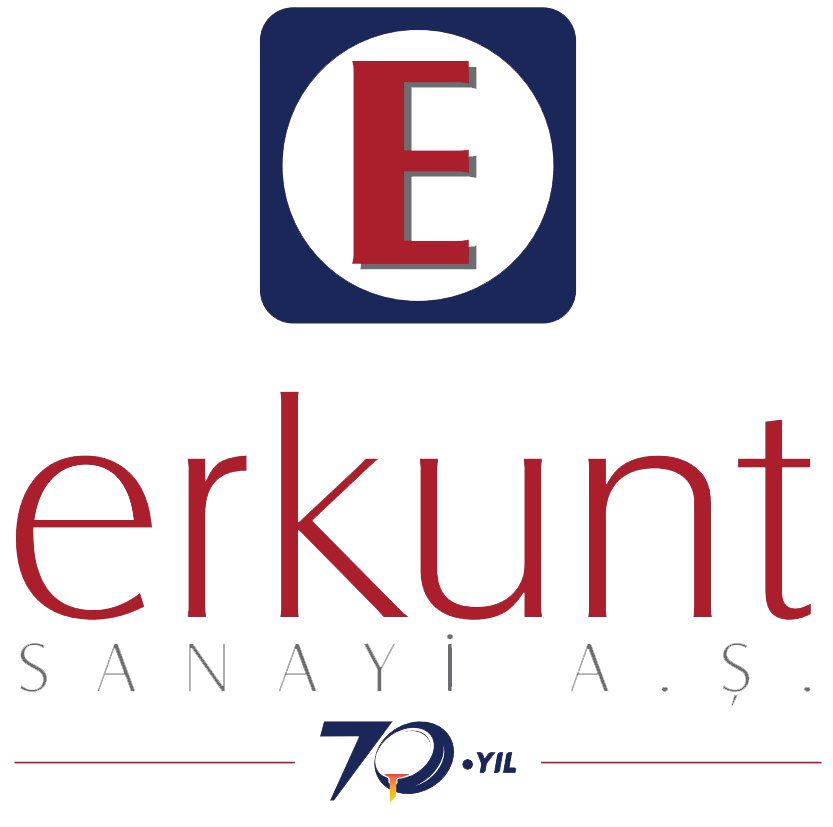Laboratories
Sand Laboratories
Since mould sand and core properties are very important in the casting process in respect to their effect on scraps, mouldability and surface quality of the casting; sand control gains great importance. George Fischer test equipments are used in sand laboratories. The sieve analysis of the sand, amount of combustion loss, active clay, compactibility, humidity, gas permeability, strengths for core and sand and properties like these are periodically controlled and production departments get feedbacks in order to stay within the desired process limits.
Chemistry Laboratories
In chemistry laboratories, the % chemical analyses of the melted metal prepared for gray and nodular casting process are done by OBLS Spektro and Leybold C-S devices. By using LECO TC400 Nitrogen determination device, nitrogen and oxygen amounts in the liquid metal are determined in ppm levels.
In chemistry laboratories, pH, %concentration, conductivity, hardness, organic substance, bacteria, etc. measurements of the water and liquids used in Erkunt processes are performed. Also chemical controls specified for various raw materials and inputs are performed.
Mechanical-Metallographical Laboratory
Tensile strength and % elongation controls of the gray and nodular iron components are performed with Schenk strength device; having an accuracy of 0-200 kN and 0.1N/cm2. The hardness controls in Brinell units, which are requested for castings are performed by using stable and portable hardness devices.
For metallographical controls, we use an Olympus trademarked optical microscope which can magnify x200.
Dimensional Control
Dimensional Measurement Room for the Castings:
2 Zett-Mess trademarked coordinate measurement machines with an accuracy of 0,01mm are used for dimensional control of the castings, measurement of casting tools like patterns and core boxes.
Also, by GOM Atos trademarked optical scanner, 3D data with an accuracy of 0,01 mm can be derived from the components, the results can be compared with the original data (if available), and dimensional reports and visual reports can be prepared with computer support.
Dimensional Control of Machining:
Serial dimensional controls of the machined components and size controls of fixtures and apparatuses are performed by DEA trademarked coordinate measurement machines with an accuracy of 0,001 mm. These 3 computers aided automatic measurement machines have the following sizes:
1500mm x 2000mm x 1400mm,
1000mm x 1200mm x 900mm,
1200mm x 2000mm x 1000mm.
There is a MKF600 MahrForm device by which form measurements such as circularity, cylindricity, runout, concentricality, conicity that have narrow tolerances are performed with an accuracy of 0,1µm and a repeatability of 0.5µm for the diameters present in parts like engine blocks and cylinder heads. MKF 600 Form Tester device can measure the parts up to a weight of 800 kg and a size of 1100 mm x 550 mm.
The quality of cylindrical surfaces – one of the most important criteria that determines engine fuel consumption performance – is monitored by using MarsurfXR20 device which can measure surface roughness parameters such as Rk, Rvk, Rpk, Mr1 with a precision of 0.1µm. Furthermore, the conformity of honing patterns is checked by using computer aided (Image Analyzer) Opto trademarked optical surface examiner.
Calibration Laboratory
Calibration laboratory is responsible of performing and following up periodical calibrations of measurement tools and gauges; for the purpose of taking the accurateness of the measurements within the production process under control. SIP 550M dimensional measurement device with a precision of 0,01µm is used for dimensional calibrations. In addition, scales can also be calibrated in the laboratory.
